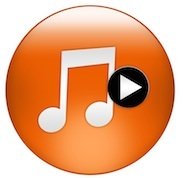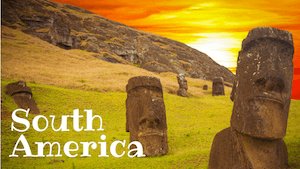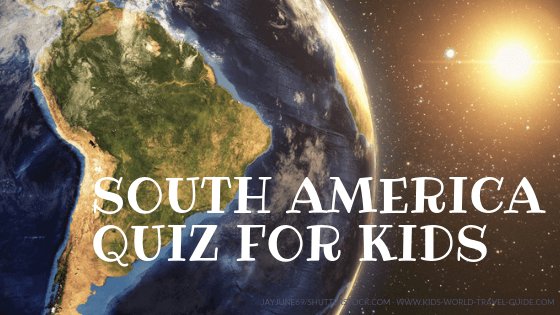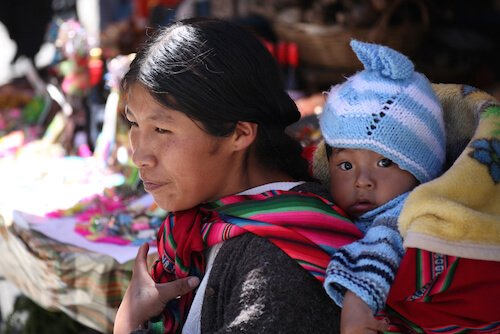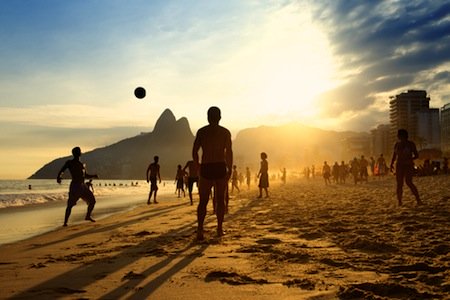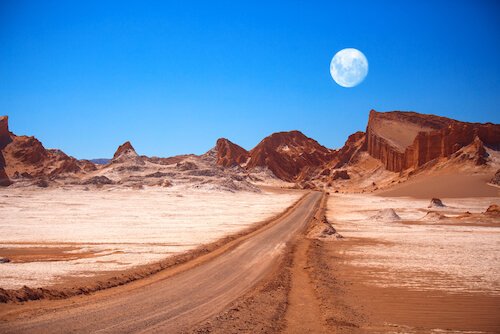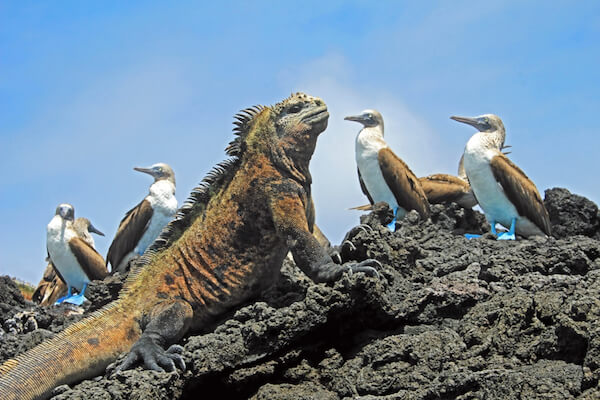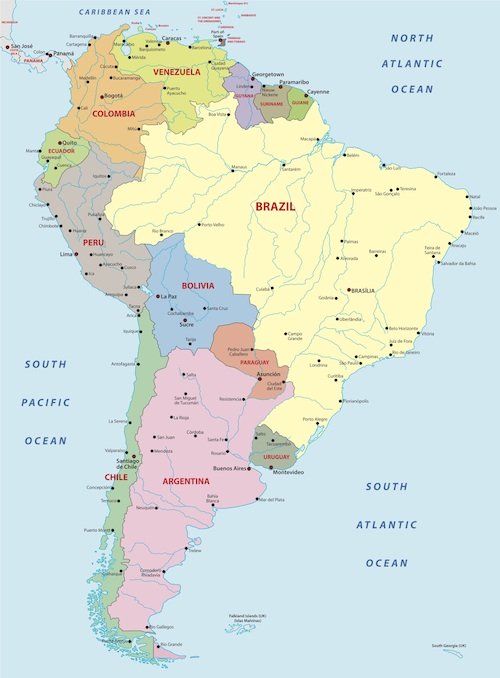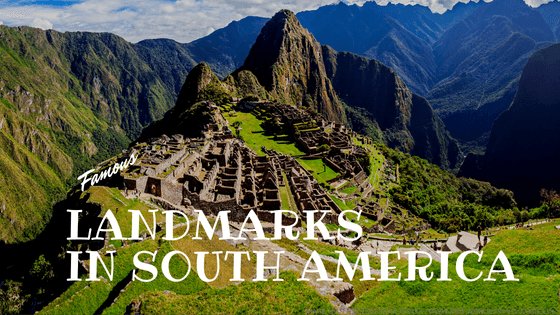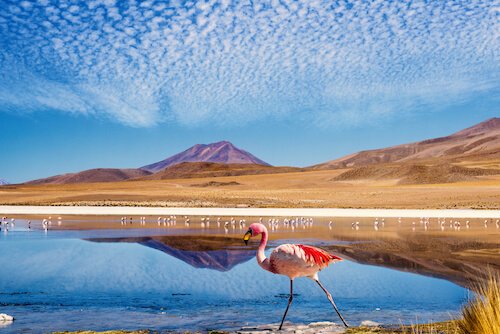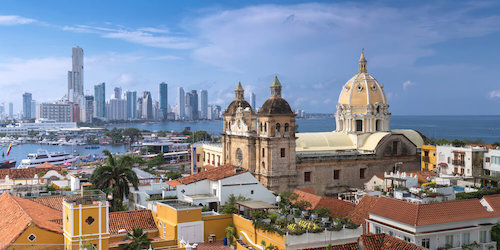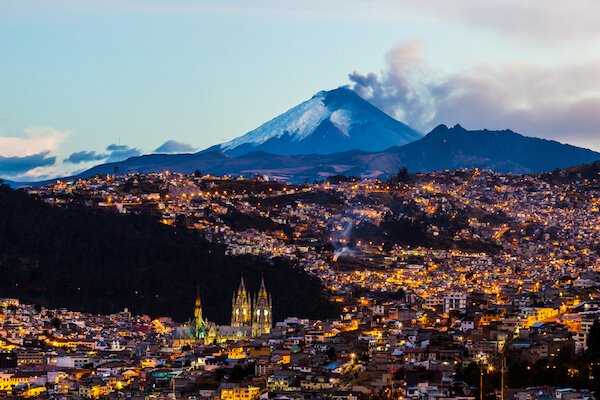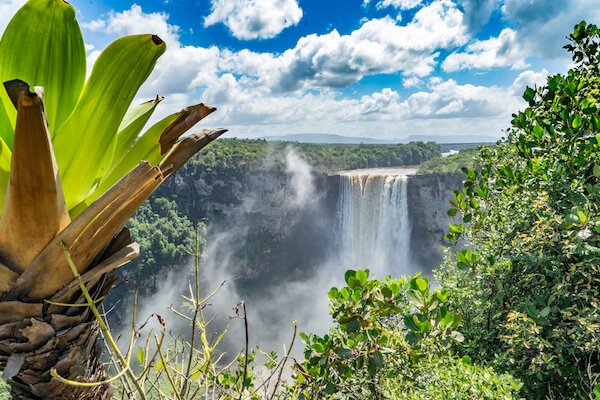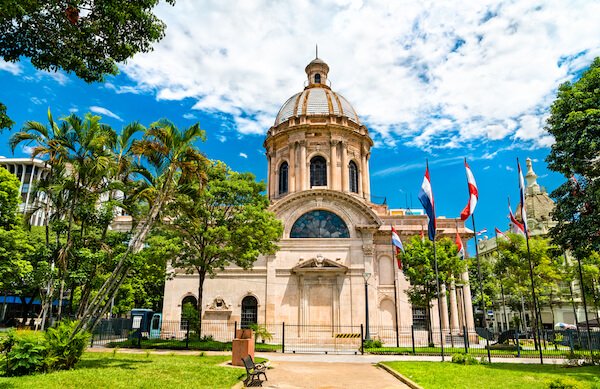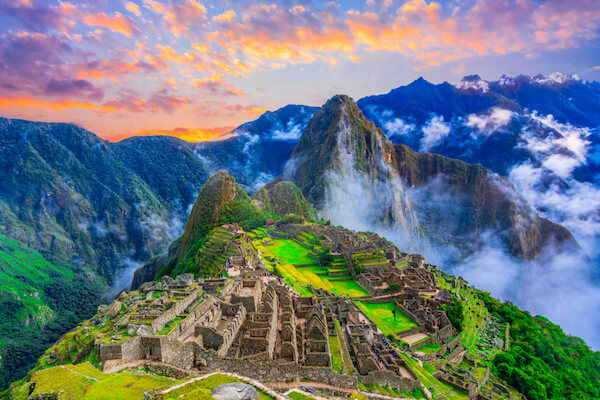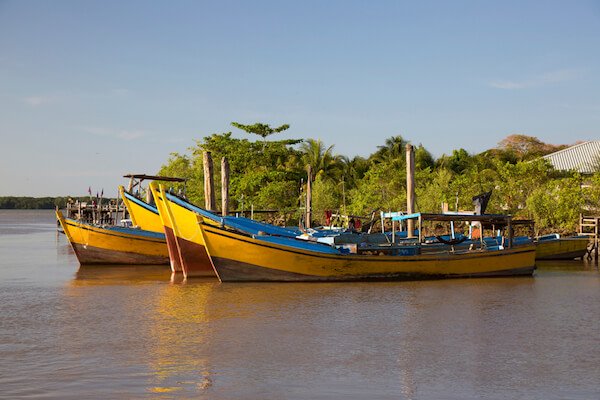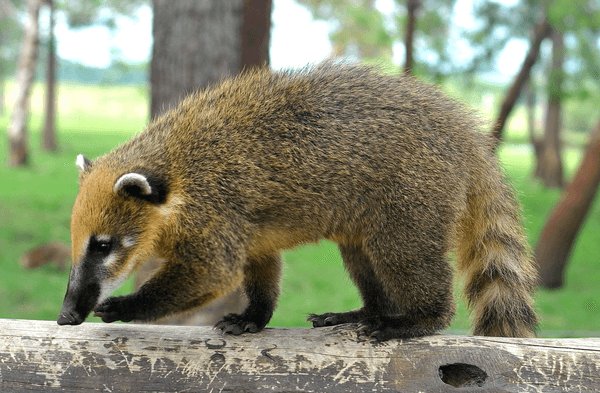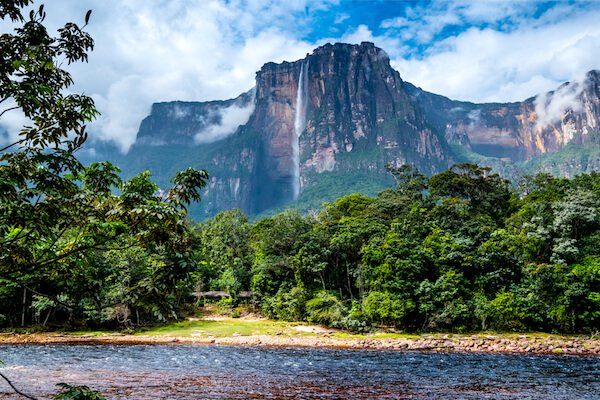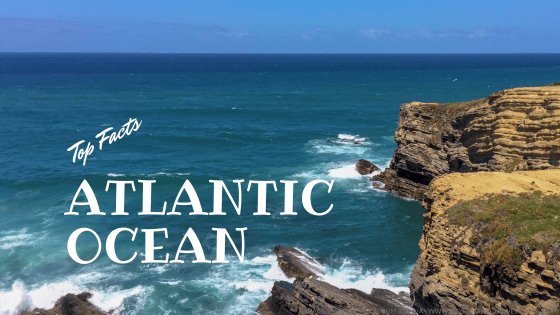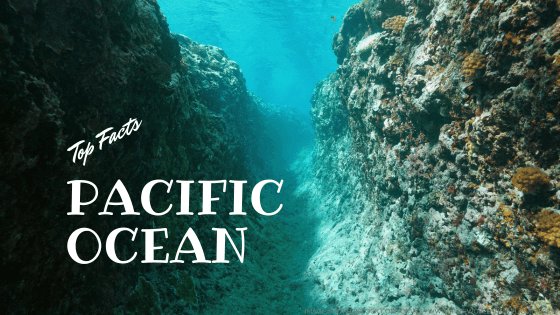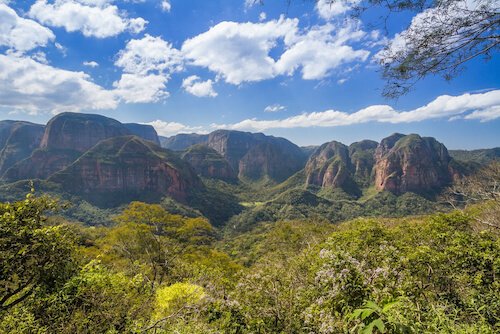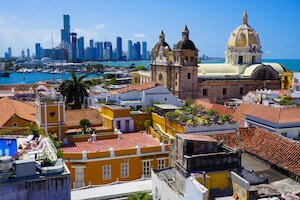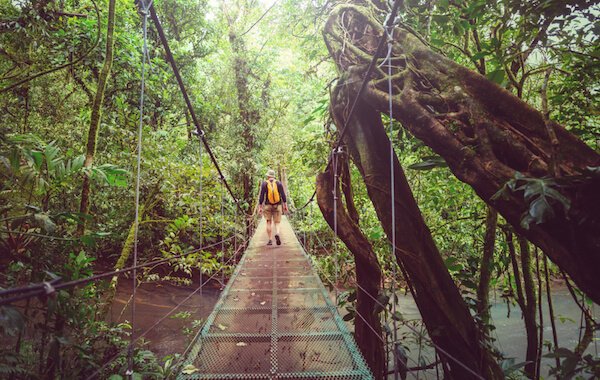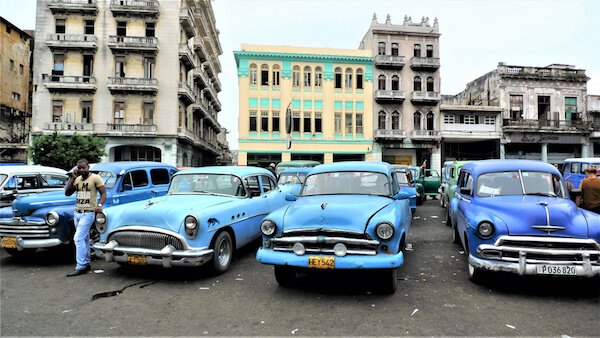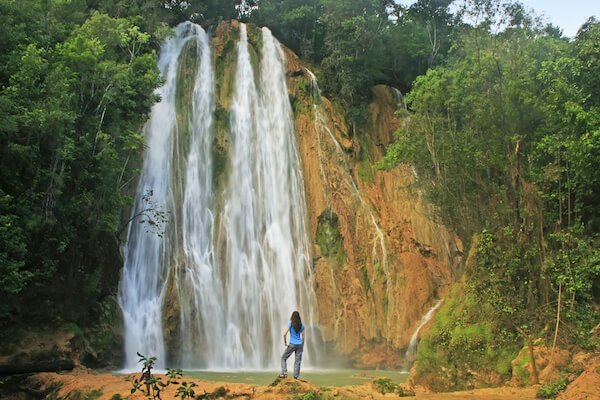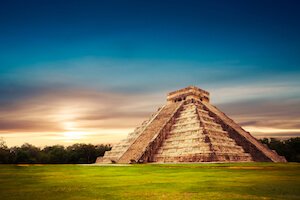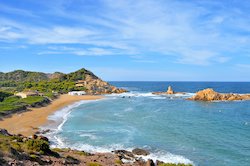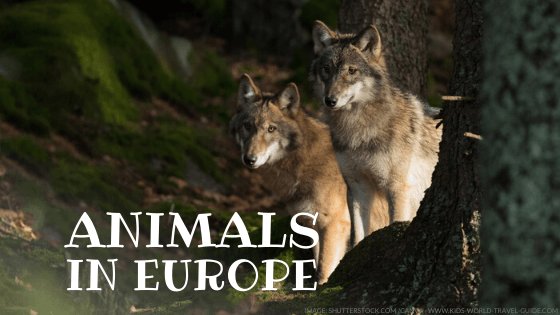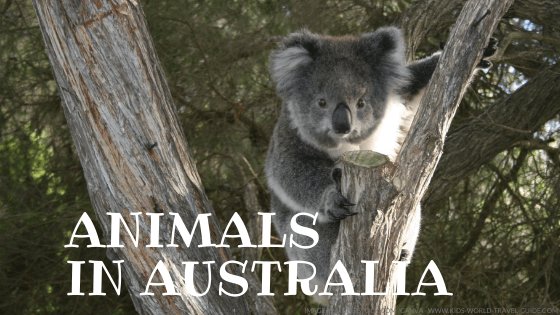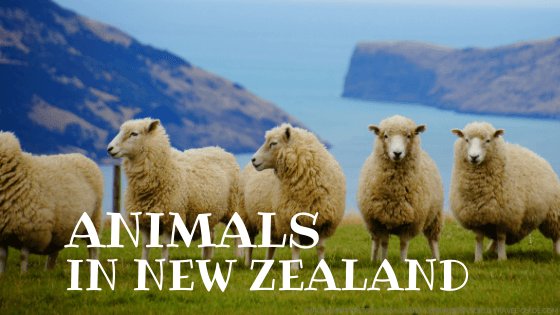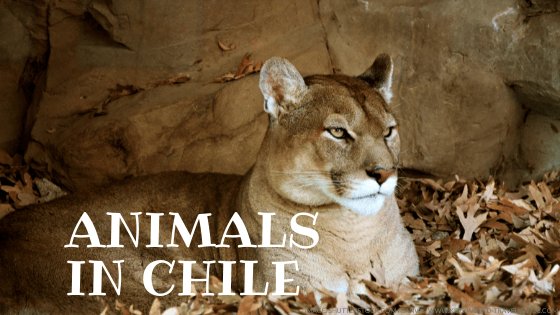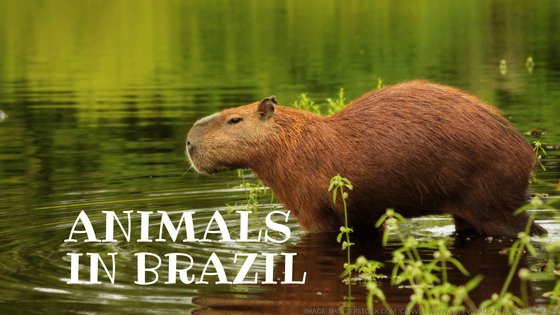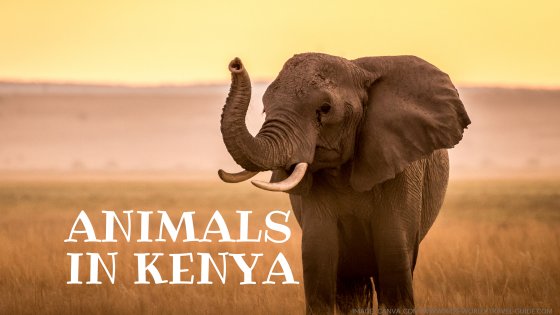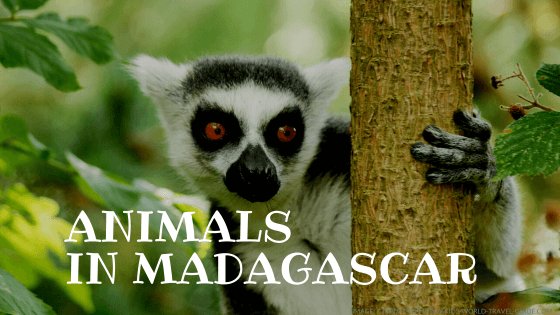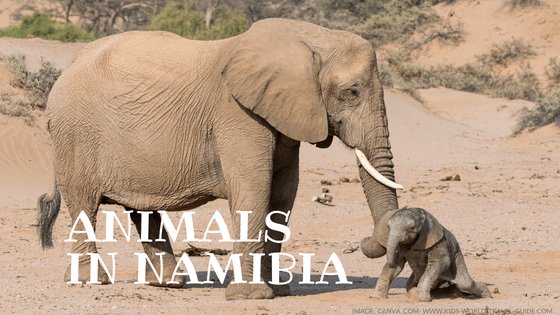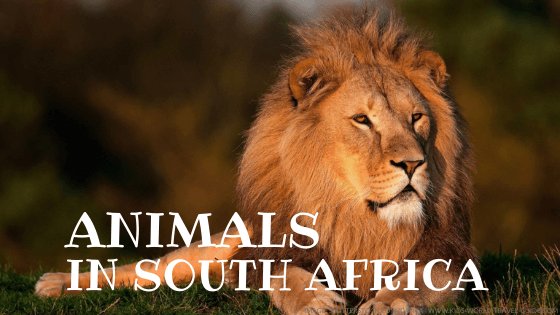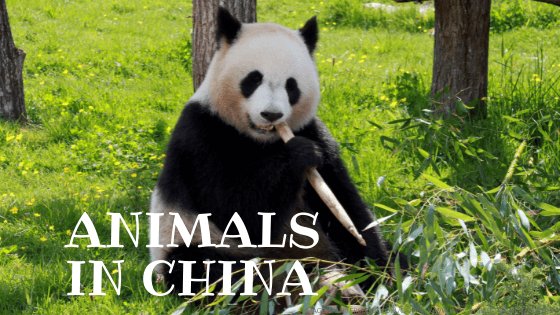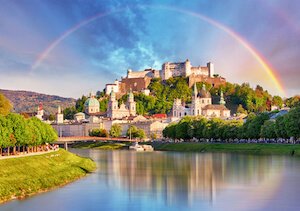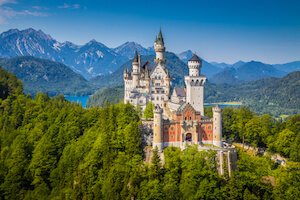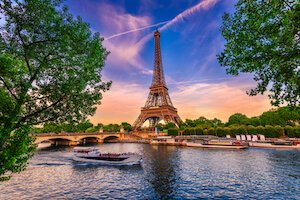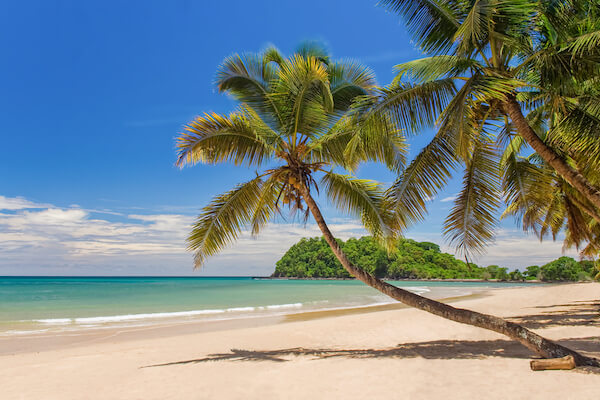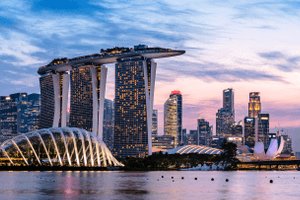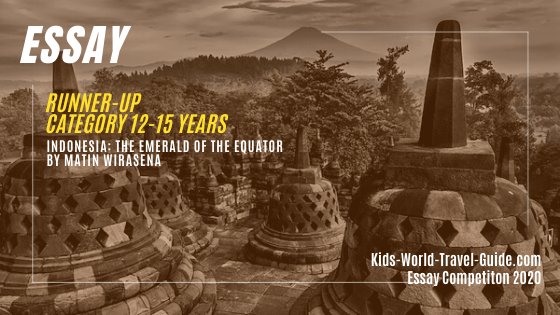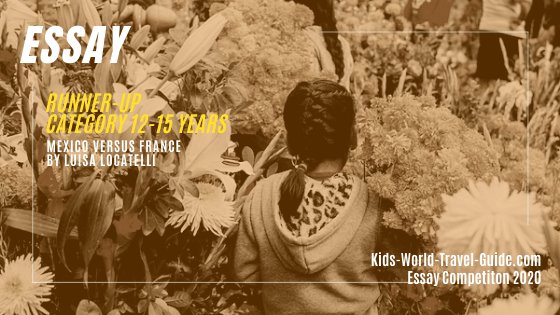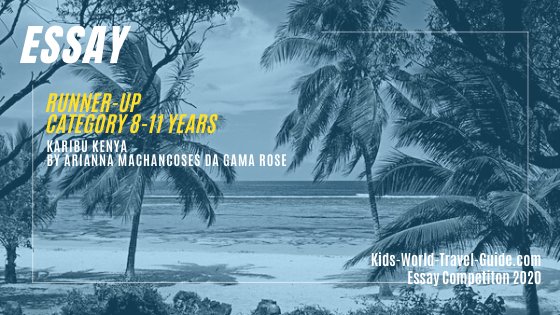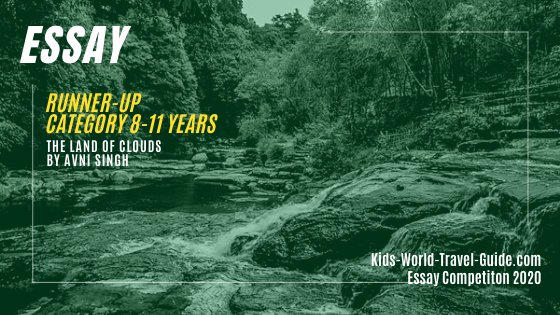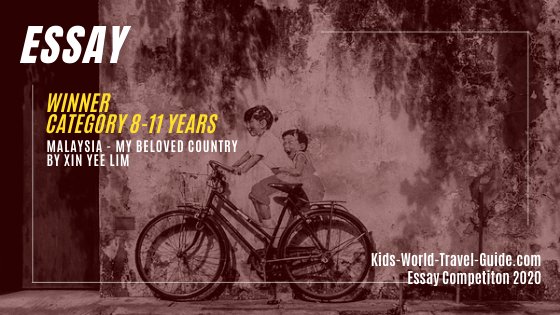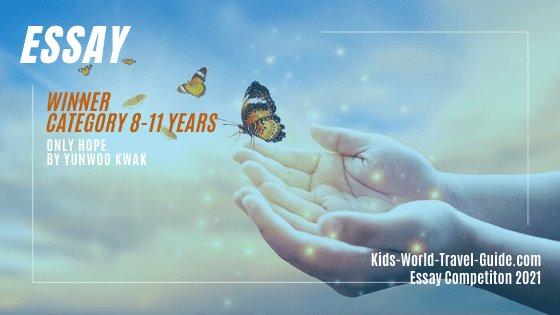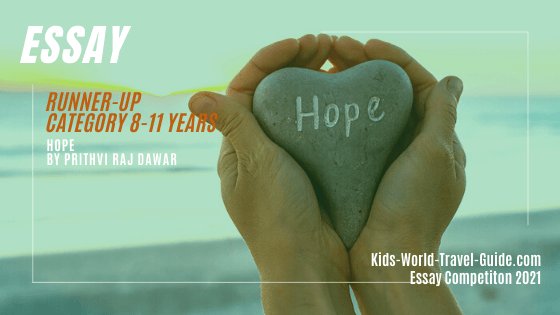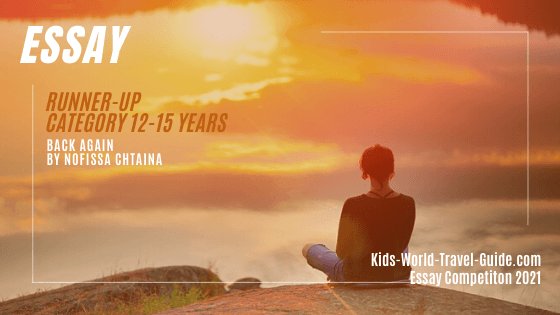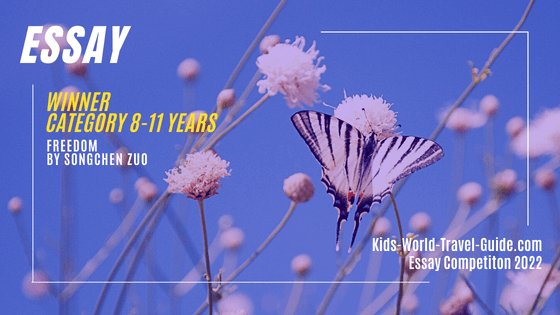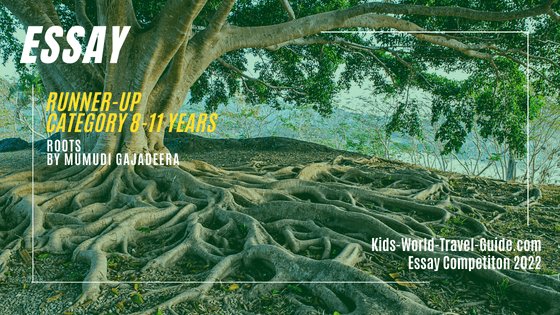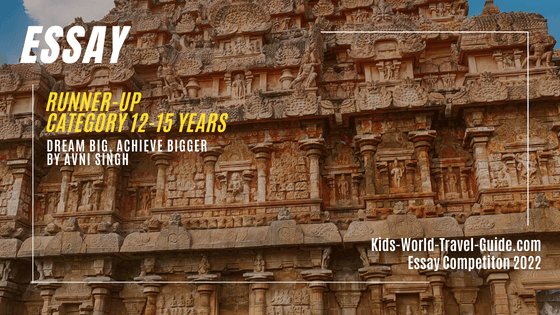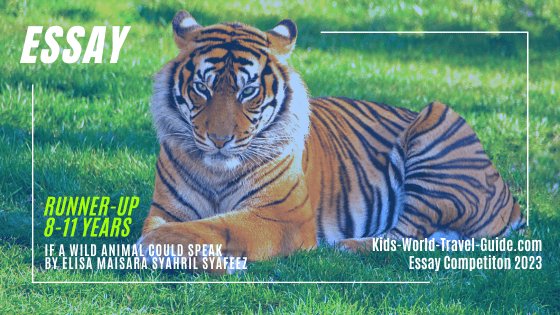- Homepage
- Argentina
Argentina Facts
Interesting Facts for Kids
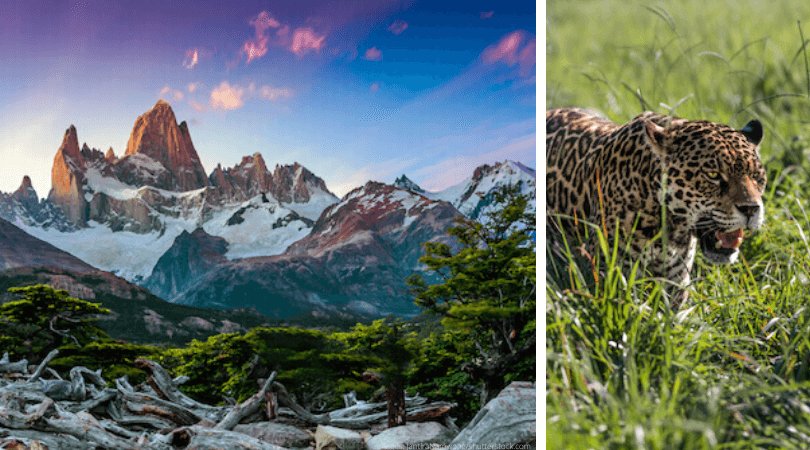
Here are some interesting Argentina Facts which were chosen and researched by kids especially for kids.
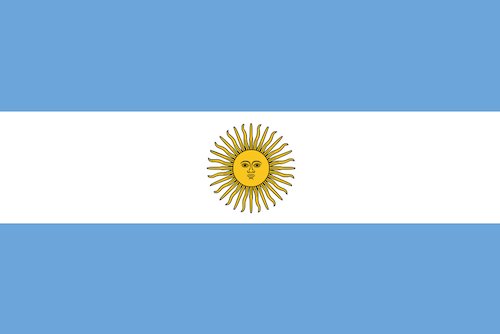
- Population: About 46 million people live in Argentina (2024)
- Capital: Buenos Aires has a population of about 15 million people
- Name: Republica Argentina or Argentine Republic, Argentina means 'land of silver'
- Government: Democracy, Republic
- Language: Spanish, Italian, English, German, French and indigenous languages
- Literacy: 98% can read and write
- Religion: mainly Christians (Roman Catholics 92%)
- Currency: 1 Argentine peso = 100 centavos
- National Flag: blue and white, with a yellow sun on the white band
- National Symbols: Sun of May - sun with a face symbol
- History: Spanish explorer Juan Diaz visits the area now called Argentina and claims it for the Spanish crown. In 1535 Buenos Aires is founded by Pedro de Mendoza. Only in 1816, Argentina gained independence from Spain. In 1880 Buenos Aires became capital of Argentina. In the next fifty years from 1880 onwards Argentina was one of the richest nations. In 1982 Argentina went to war with Britain to try to get the Falkland Islands but this was unsuccessful for the Argentines.
- President: Javier Milei, elected in October 2023
Argentina Facts | Argentina Map
Where is Argentina? Argentina is located on the South American continent and borders five countries: Bolivia, Brazil, Chile, Paraguay and Uruguay. The longest border is shared between Argentina and Chile.
This is the world's eight largest country and second largest country of South America after Brazil.
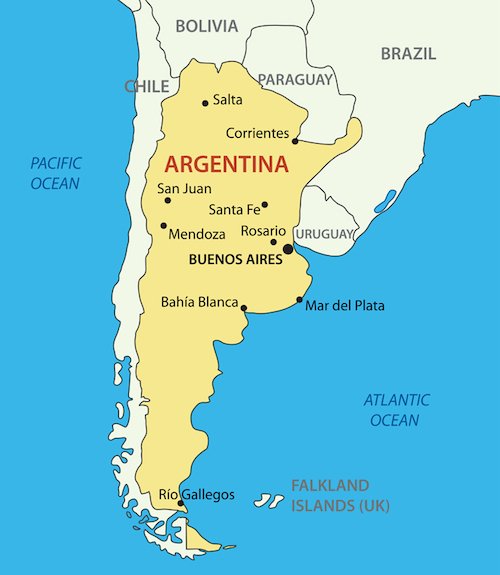 Argentina Map
Argentina MapTo the east of Argentina is the Atlantic Ocean and in the north east there is also the border to Uruguay. To the west are the Andes which form a natural border with Chile. In the north, Argentina borders Bolivia, Paraguay and Brazil.
Argentina is a huge country and the landmass covers as much land area as the African countries of Namibia, South Africa and Mozambique combined!
Argentina's land area would fit about three times into the land area of USA!
A flight to Buenos Aires from London takes about 14 hours, and takes about 11 hours from New York.
Argentina Facts | Geography
Flat grassy plains that cover most of central and northern Argentina. Most of the pampas is used to heard cattle and sheep which there are more than humans.
The pampas in eastern Argentina are generally just flat fertile plains. The word 'pampas' is a word from the Quechua Indians language and means 'flat surface'.
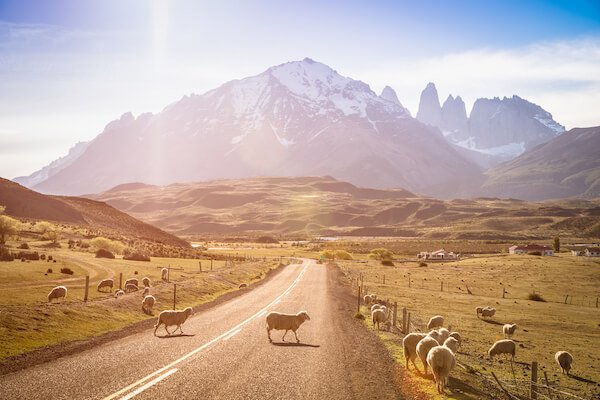
To the south of Argentina is an archipelago called the Tierra del Fuego. The Tierra del Fuego is a group of islands at the southern tip of Argentina. The biggest island of the Tierra del Fuego is Isla Grande which is also the biggest island in South America.
The Tierra del Fuego has high mountains and very cold weather as it is quite close to Antarctica. Tierra del Fuego is split between Chile and Argentina.
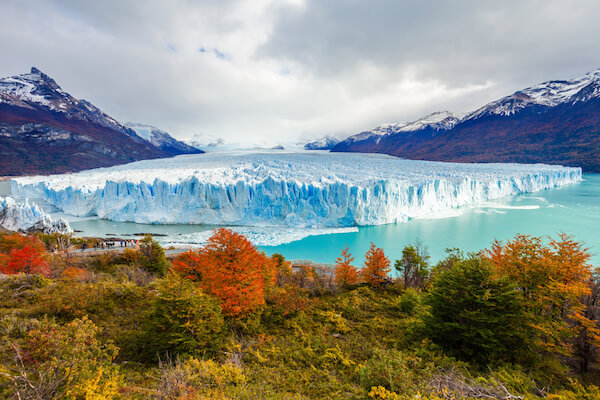 Perito Moreno Glacier in Argentina
Perito Moreno Glacier in ArgentinaPatagonia is northern region of the Tierra del Fuego and consists of dry pampas vegetation and also has high mountains and huge glaciers such as the world famous Perito Moreno Glacier. Patagonia has a very cold climate.
The Andes are a huge mountain range, the longest in the world, that also mark the natural border between Chile and Argentina.
 Andes in Argentina with Fitzroy mountain peaks
Andes in Argentina with Fitzroy mountain peaksArgentina Geo Superlatives
- Aconcagua is the highest mountain in South America and is part of the Argentine Andes. Aconcagua mountain has a height of 6,962 meters/ 22,841 ft. and this is also the tallest mountain in the Western Hemisphere.
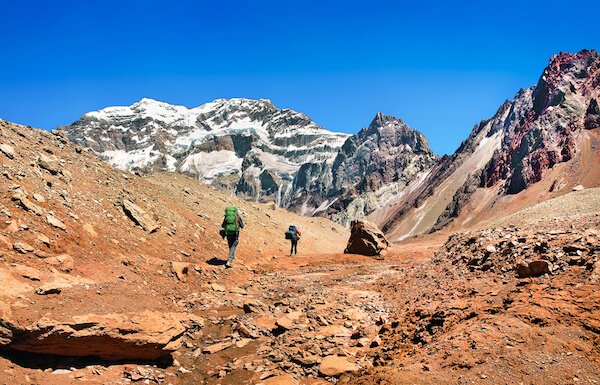 Hiking with view of Aconcagua
Hiking with view of Aconcagua- Argentina's longest river is the Paraná River, which forms a natural border between Paraguay and Argentina
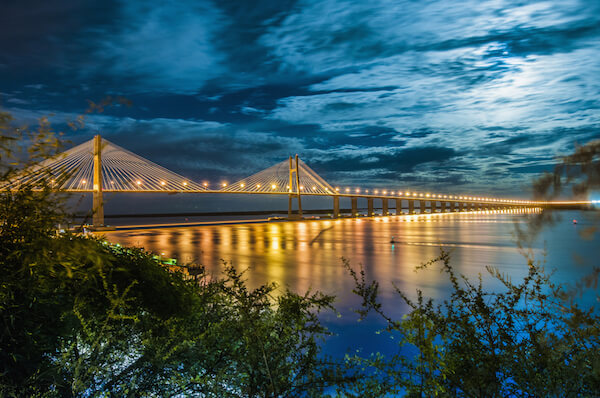 Bridge over the Paraná river between Rosario and Victoria.
Bridge over the Paraná river between Rosario and Victoria.- The largest lake is called Lago Argentino. This is the largest freshwater lake in Argentina. The deepest point is 500 m/ 1640 ft deep.
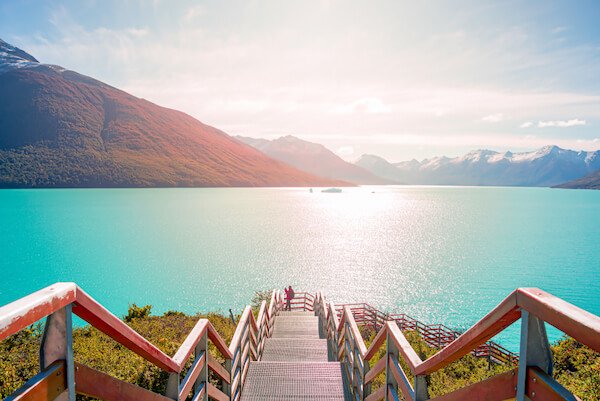 Lago Argentino
Lago Argentino- The Laguna de Carbón in the Great San Julián Depression is the lowest point in the western Hemisphere with -105 m/ 345 ft.
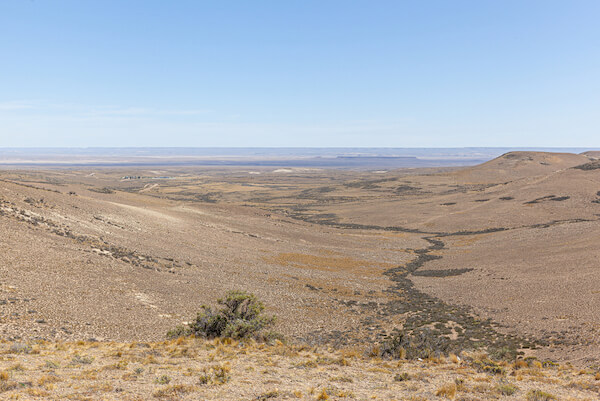 Great San Julian Depression
Great San Julian DepressionArgentina Facts
Attractions and Landmarks
- Buenos Aires: The capital city and most populous city with cafes, restaurants and the tango. Places to see in Buenos Aires include the la Boca district with its colourful buildings and the city centre.
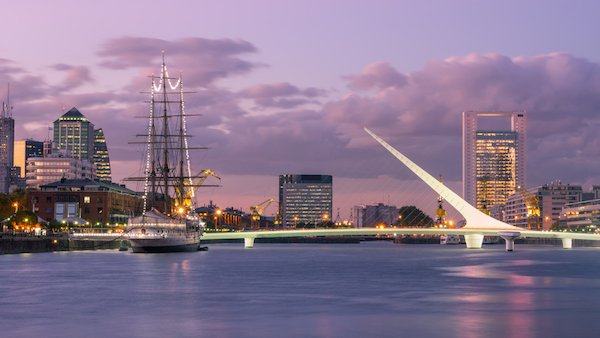 Buenos Aires in Argentina: Puente de la Mujer/ Woman's Bridge
Buenos Aires in Argentina: Puente de la Mujer/ Woman's Bridge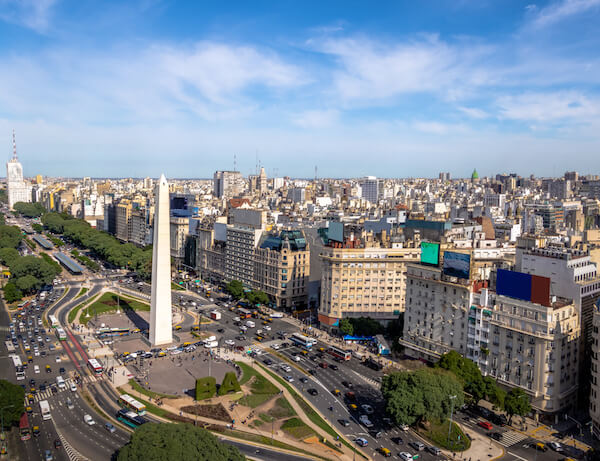 Obelisk in Plaza de la Republica in Buenos Aires
Obelisk in Plaza de la Republica in Buenos Aires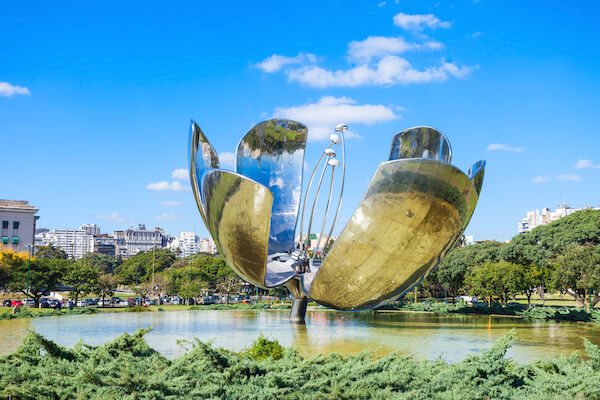 Famous flower sculpture "Floralis Genérica" in Buenos Aires - image by Saiko3p/shutterstock
Famous flower sculpture "Floralis Genérica" in Buenos Aires - image by Saiko3p/shutterstock- Córdoba: This is the second largest city in Argentina and it is also one of the oldest cities in Argentina.
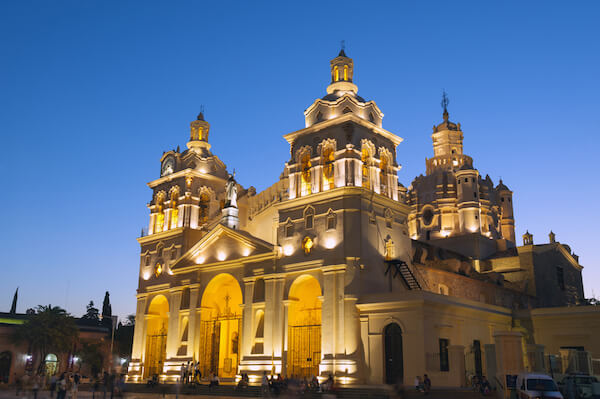 Cordoba in Argentina
Cordoba in Argentina- Mendoza Wine Region: This beautiful area with the Andes mountains in the background has the best wines in Argentina and is one of the biggest wine producing areas in the world.
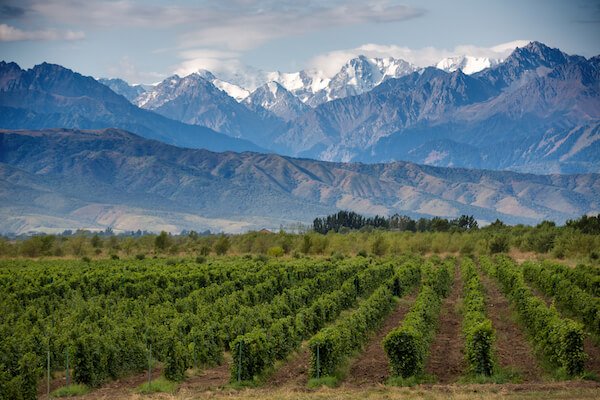 Mendoza Wine Valley in Argentina
Mendoza Wine Valley in Argentina- Argentine Andes Mountains: The place to go for outdoors if you want to ski, hike, climb. You will enjoy the many outdoor activity in the Argentine Andes.
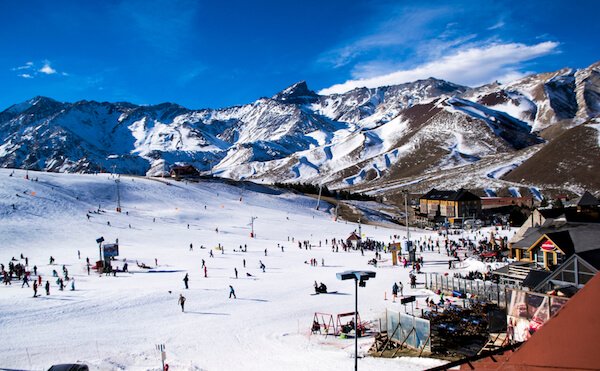 Las Lenas in Argentina
Las Lenas in Argentina- Iguazu Falls: Located on the border between Argentina and Brazil, about ⅔ of the waterfalls belong to Argentina. These waterfalls are among the largest waterfalls in the world and stretch over 2.7 km/ 1.6 miles. The falls are actually a series of 275 falls.
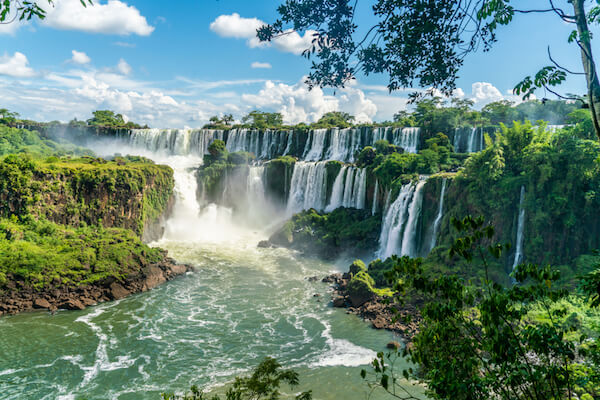 Iguazu Falls in Argentina
Iguazu Falls in Argentina- Perito Moreno Glacier: This world famous glacier is in Patagonia and stretches a distance of 30 km/ 18 miles and has an area of 250 sq km/ 97 sq miles.
- Tierra del Fuego and Patagonia: It is fascinating to experience unspoilt nature. And visit the southernmost large settlement, Ushuaia.
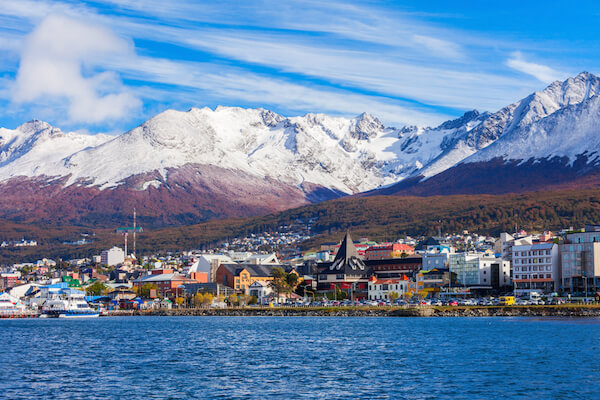 Ushuaia - southernmost point of Argentina
Ushuaia - southernmost point of Argentina- Ibera Wetlands: The second biggest wetland in the world after the Pantanal in Brazil, this is a huge swampland lots of mammals and birds such as capybaras and alligators.
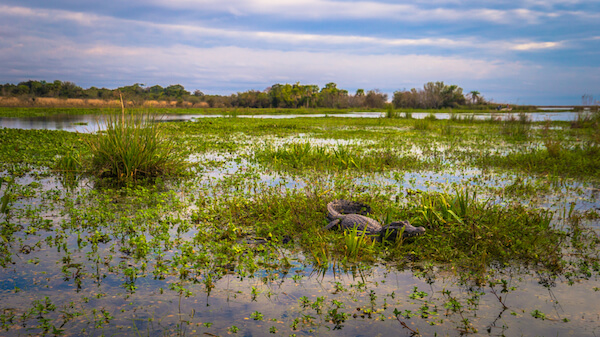 Ibera Wetlands
Ibera Wetlands- Nahuel Huapi: The oldest national park of Argentina is located in northern Patagonia which is popular with hikers and nature enthusiasts.
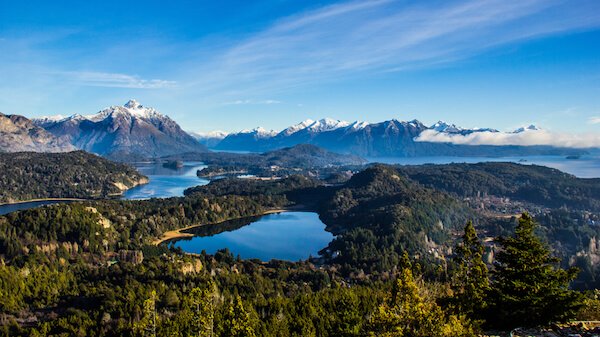 Nahuel Huapi National Park
Nahuel Huapi National ParkArgentina Facts
Animals in Argentina
There are other animals such as armadillos, king penguins and capybaras.
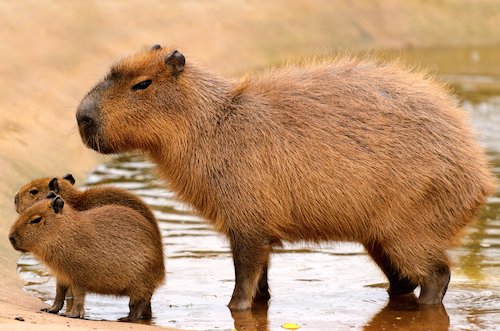 Capybara with two babies
Capybara with two babiesThere are huge numbers of sheep and cattle in the pampas regions and also horses are common. In Argentina there are also native snakes such as the tropical rattle snake or the crossed pit viper, both of them are very poisonous.
In Tierra del Fuego, there is a vast range of wildlife especially along the coastline.
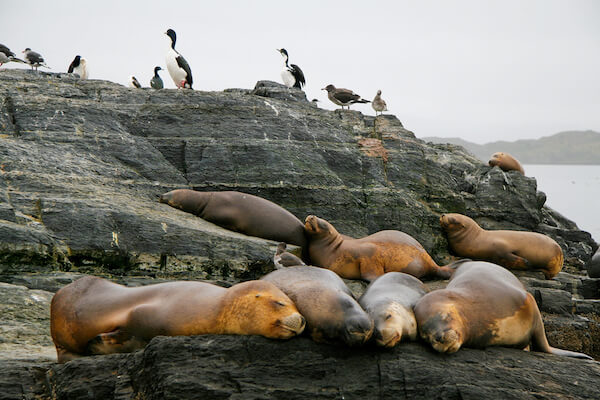 Seals and cormorants in Tierra del Fuego
Seals and cormorants in Tierra del FuegoArgentina Facts
Argentina People
One third of the population in Argentina live in the capital city Buenos Aires. 92% of the people live in urban centres, which means cities and towns.
The biggest cities in Argentina are Buenos Aires, Cordoba, Rosario and Mendoza. Patagonia is only sparsely populated.
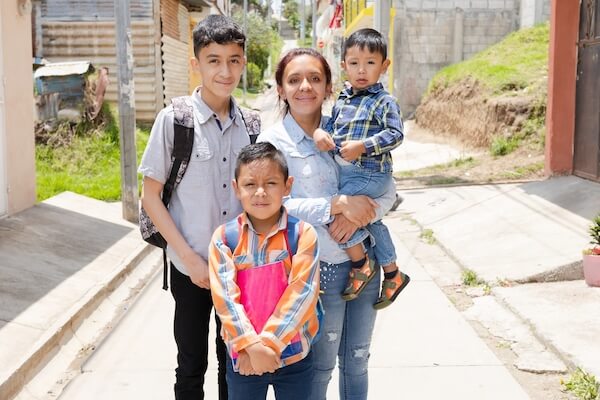 Argentina family - ready to go to school
Argentina family - ready to go to schoolIn Argentina, kids go to either free public schools or attend private schools which can be really expensive.
Children either attend school during the morning shift from 8am-1pm, afternoon from 1pm-6pm or some might even be required to sit in school during a night shift.
In Argentina, herders on horseback called 'gauchos' look after the large herds of cattle or sheep.
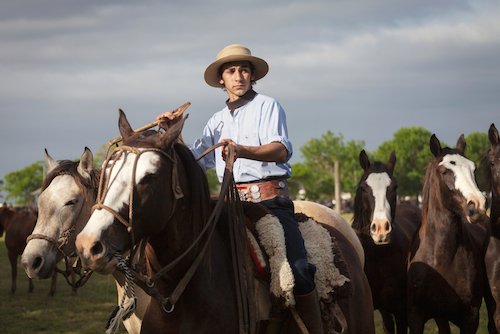 Gaucho - Herders
Gaucho - HerdersThe sports that are the most popular in Argentina are soccer (called fútbol), basketball, rugby and tennis. The national sport, however, is called 'pato' and is similar to polo.
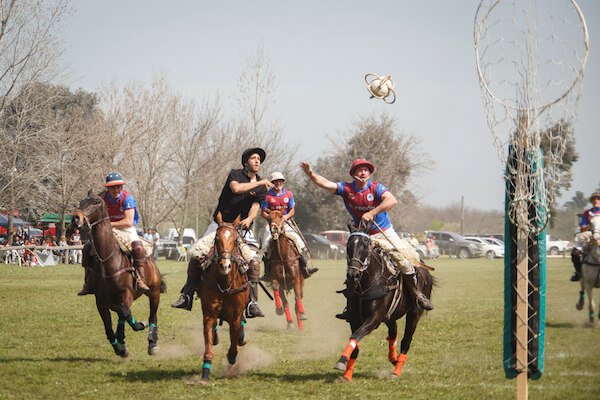 Pato match in Argentina
Pato match in ArgentinaPato is played on horseback with the rider holding a net in the hand. However, few play the national sport as it is an expensive sport. Soccer is the most popular sports activity and Argentina has won the world cup two times. There are famous soccer stars such as Maradona, Messi and others.
About Famous Argentine People and the Tango
 Lionel Messi
- Fabideciria/ssk
Lionel Messi
- Fabideciria/sskFamous
Argentines include former national soccer player Diego Maradona, who scored the world famous goal ("hand of god') against England in the 1986 world cup. Another famous soccer player is Leonel Messi who is celebrated currently by many as the best soccer player.
José de San Martín is an idol for many Argentines. He is the national hero who helped to free the southern parts of South America from the Spanish in the struggle for independence.
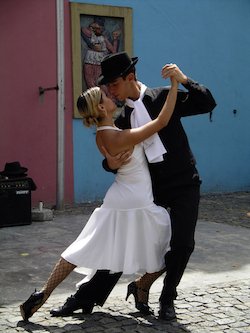 Tango Dancers
Tango DancersA famous Argentine tradition is the tango dance, which originated in Buenos Aires at the end of the 19th century. It is interesting to know that today there are different types of tango styles, and some of the biggest dance schools were developed by dancers who come from Italian immigrant families in Argentina. Tango dancers usually tell sad stories with their dance moves.
Argentina Facts | Language
The official language used in Argentina is Spanish. Argentina is the largest Spanish speaking country in South America. Spanish is used as the official language as the Spanish brought with them the language as they arrived and settled in Argentina.
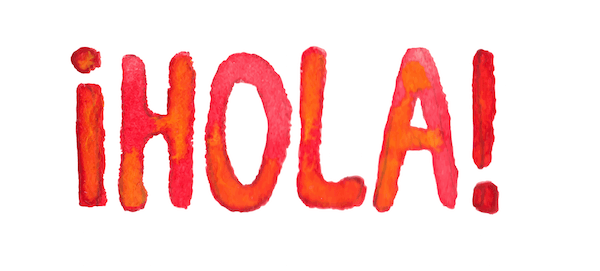 Hola means Hello
Hola means HelloThe Spanish spoken in Argentina, however, has developed differently over the centuries and sounds different to the Spanish spoken in Spain.
Indigenous languages which are spoken by many Argentines are Mapuche, Guarani and Quechua.
Other European languages such as Italian, English, German, French are also spoken by most Argentines.
Argentina Economy
Argentina is the world's biggest exporter of soybean meal and the third biggest exporter of both corn and raw soybeans.
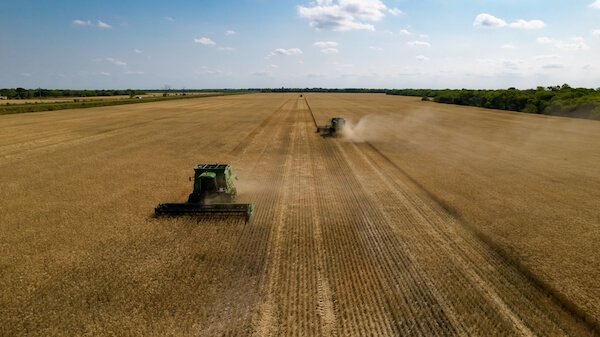 Corn harvest in Argentina - image by SobrevolandoPatagonia
Corn harvest in Argentina - image by SobrevolandoPatagoniaNatural gas is the main energy source used for power production in the country. Argentina has the world's second largest reserve of shale gas - after the USA - and the 4th largest reserve of shale oil.
Argentina also produces lithium, which is one of the main mineral used in battery storage systems.
The biggest trading partners of Argentina are Brazil, China, Chile and Germany.
Argentina Facts | Argentine Food
Typical Argentine food consists of lots of meat. Argentine Beef is known worldwide for its full flavour and tenderness. Lunch is actually the largest meal of the whole day.
Argentine people love their 'Asado' where food is typically prepared on a grill or over open fire as part of a barbecue (BBQ).
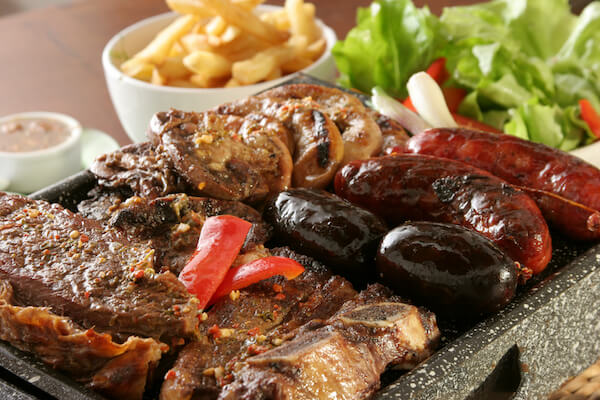 Asado - Typical Argentine Barbecue
Asado - Typical Argentine Barbecue- Asado: food prepared on a grill or over open fire as part of a barbecue (BBQ). On the asado, there is usually beef, pork ribs and sausages or also lamb.
- Alfajores: sweet biscuits filled with dulce de leech cream and rolled in shredded coconut shavings
 Argentine alfajores
Argentine alfajores- Dulce de Leche: literally means sweet from milk and that is what it is, also called 'milk candy' in English. Delicious 'dulce de leche' cheesecake is made with this sweet creamy syrup. In Argentina 'dulce de leche' is made with milk, sugar and a little vanilla.
- Empanadas: Deep-fried or baked stuffed pastry pockets with either a savoury (cheese, vegetable or minced chicken or beef meat) or a sweet filling (with dulce de leche or sweet potato paste for example)
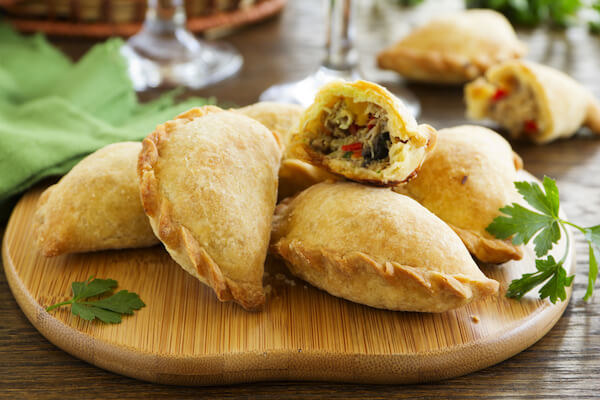 Empanadas
Empanadas- Maté Tea: Made from 'yerba mate' which is a local herb and is then sipped through a straw which is called 'bombilla'.
- Carbonada: a savory thick stew often served in a holed out pumpkin.
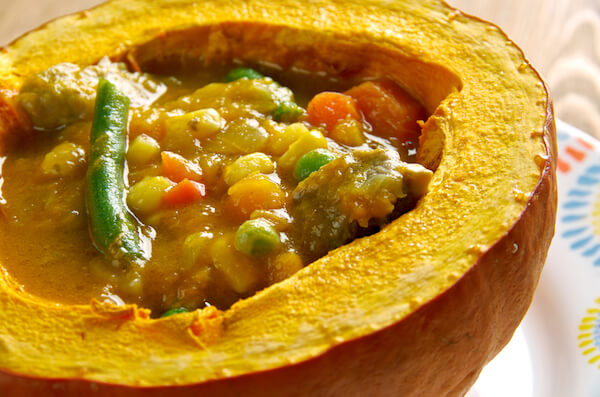 Argentine Carbonada
Argentine CarbonadaArgentina Facts
Recommended Reading
Sources for our Argentina Facts page:
- Central Intelligence Agency. "Argentina." CIA World Fact Book. Last update 10 April 2024. Last accessed 12 April 2024
- "Argentina's Colossal Perito Moreno Glacier. Twisted Sifter. 1 July 2013. Last accessed 12 April 2024
- "Argentina - Famous Argentines." Nations Encyclopedia. Last accessed 12 April 2024
- Buenos Aires Ciudad. "Floralis Genérica." BuenosAiresTourism. Last accessed 12 April 2024
- The Children’s Visual World Atlas (2004). Sydney: Fog City Press
- Earth Condensed (2010). The World Atlas. Elanora Heights: Millennium House
Image Credits on Argentina Facts page: Shutterstock.com; Corn harvest image by SobrevolandoPatagonia/shutterstock.com and own images.
Popular Pages
Back from Argentina Facts to South America Facts
Return from Argentina Facts to KidsWorldTravelGuide Homepage
***
More about Countries in
South America
***
Other Spanish Speaking Countries
Keep us bookmarked!
KidsWorldTravels
Travel Guides
Like what you read?

